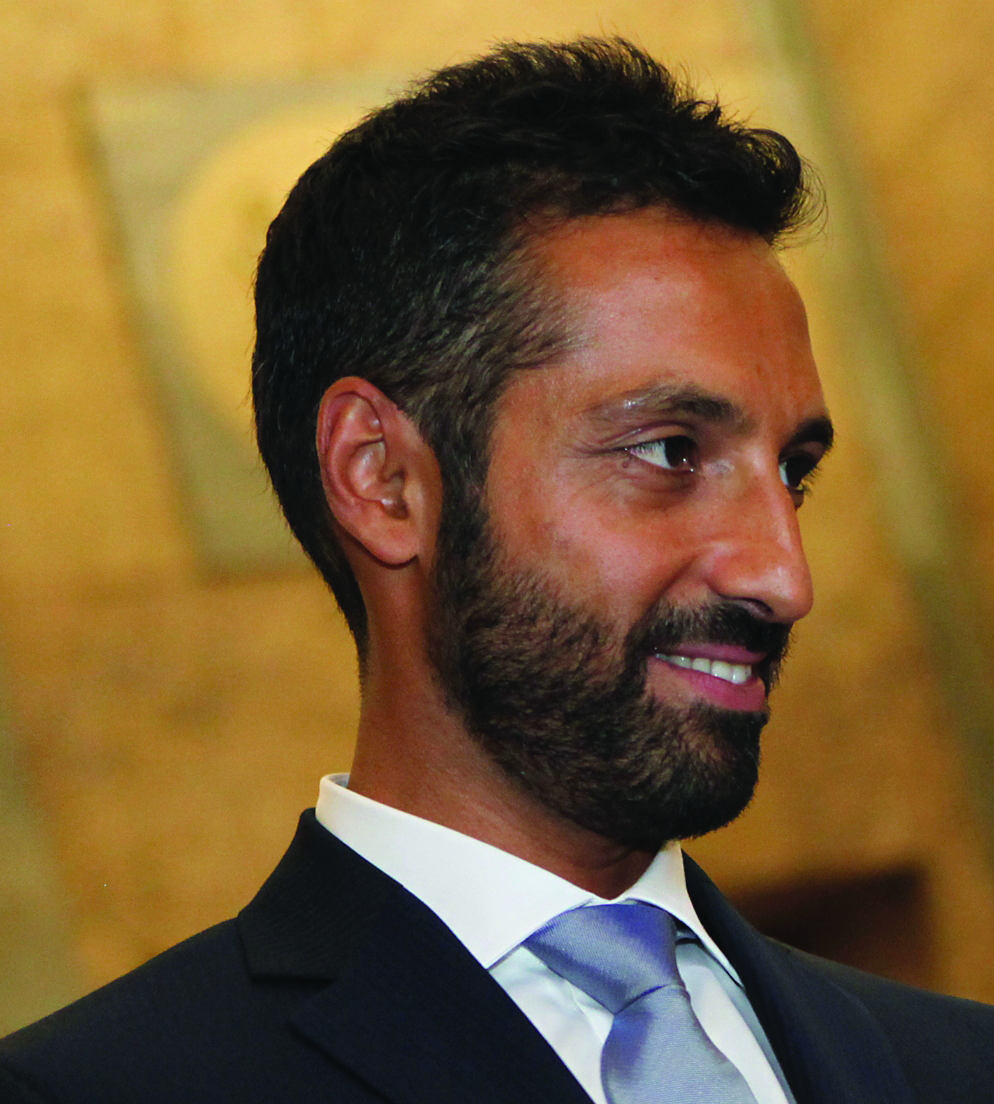
It is not easy to make people and managers from different cultures work together. Languages, traditions, professional differ. Not to mention the corporate dynamics when talking about hierarchies and relations with stakeholders. In short, the approach to the business vision is different.
Today, globalization makes multinational companies deal with Cross-Cultural Management on the regular. For a large company, being present in Italy, Europe, Russia, Asia, and the Middle East simultaneously, managing offices, research centers, and functioning constructions sites in all these locations is challenging.
To train people and look for adequate solutions is not only an internal activity for the Group. Maire Tecnimont studies the correct approach to external elements as well: with clients, partners, and suppliers. For our managers, it is a thrilling task, as they develop a set of skills related to communication, flexibility, understanding of local dynamics (the tendency in our sector is to work with local resources and suppliers), and the logic of geographical change.
In an interview, Yadvinder Rana, Professor of Cross-Cultural Management at the Catholic University of Milan, explains what it means for a Western manager to work in a complex Asian country such as India. Today, more than ever, driving a multicultural team is a test of great skill, which must be built over time.
Professor Yadvinder, in your experience, what is the international vision of Italian groups operating on different continents?
The answer is not simple. Normally (and this is a generalization), Italian companies do not have a focus in their internationalization strategies. If they find a client in a specific country, they enter that market. If they don't have a specific client in that location, it's not worth investing. In every strategy, one has to keep in mind that revenue won't come in a short term. It's very hard to break-even over 12-18 months.
In your Cross-Cultural Management university courses, you talk about the issue of cultural dimensions that identify people's thoughts, reasoning, communication, and behavior. Why is it so important to think about these elements?
Abroad, the two fundamental variables that have to be kept in mind are language and distance, the main barriers for an efficient communication. Knowing the cultural dimensions allows the "mitigation" of this gap thus making a strategy more efficient. You explain what are the tools for the efficient management of an intercultural team.
If the managers can not directly exercise hierarchical authority, how is it possible to make the team spirit grow and allow collaboration to be more efficient between people that come from different countries and cultures?
Reducing the "distance" between people is essential. Nowadays, most of the organizations are multi-site, even if they're not multinationals, and the barriers given by language and distance are exacerbated. Paying attention to the dynamics of the team is essential, trying above all to create a relationship between individuals. At the same time, it's necessary to establish "ground rules" and define procedures and processes.
We often ask ourselves whether we value the model that tends to homologate above the one that aims to implement. In your opinion what are the benefits of both? And how can one achieve balance to increase the sense of belonging?
It is well known that while some companies choose to reproduce the same cascading vision on all the companies of the Group (even in distant countries), others leave more room for cultural differences and different organizational models based on the territory. In my opinion, it is essential for a company to have defined values. The problem is that many organizations fail to communicate effectively with the whole structure. These same values must then be adapted to the local context. So the answer is: they are both important.
What is "Lateral leadership" and what context should it be applied in?
It is the ability to influence people when there is no hierarchical authority. It presupposes three key elements: the credibility of the person, the ability to establish relationships and communicate effectively. Without credibility, there is no influence. And without relationships, the possibility of exercising one's leadership is lost.
Maire Tecnimont Group's main international engineering center is located in India and has over 2000 employees. Based on your personal and professional history, how can you define an Indian leadership style?
India is a very complex country. The managers live in a local social fabric, but the Anglo-Saxon influence is very strong in the professional field. In general, the leadership style in India is different from the European one. In Europe, prefer companies a more democratic style: employees participate in the decision-making process. In India, the style is more paternalistic, as the manager is the "paternal" figure in the office: he makes the decisions and expects them to be followed, offering "security" in return: if the collaborator has a problem, even if it's personal, the manager will do his best to help him.